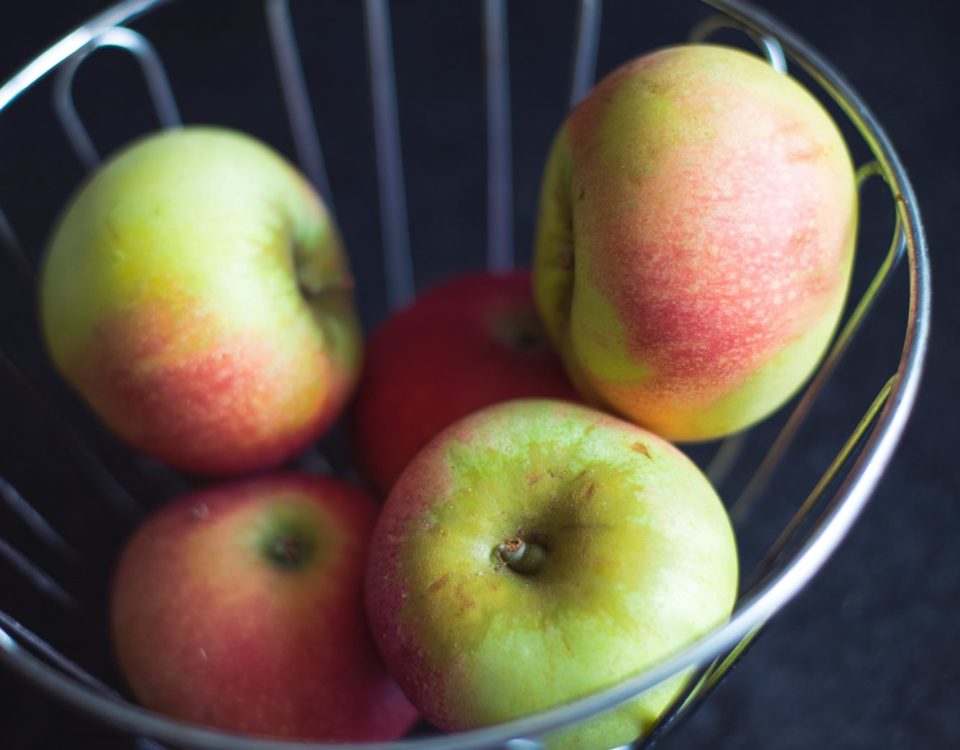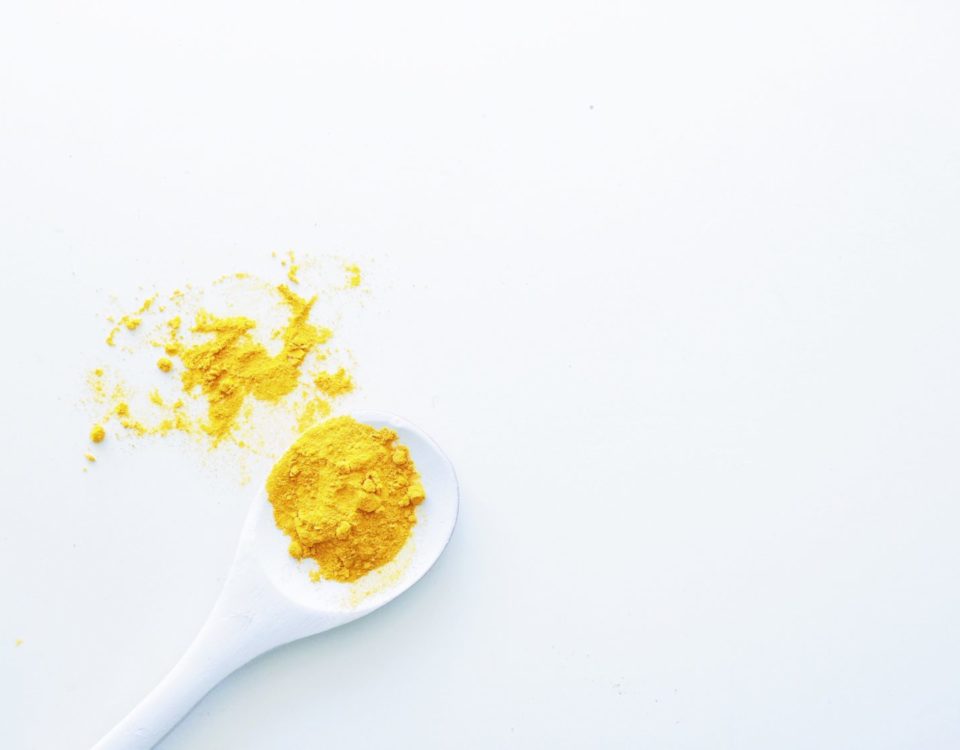GMOs: JUST SAY NO!

There’s an old saying that says, more or less, that you don’t make a mess where you eat. The metaphor resonates because it’s instantly recognizable as a basic truth: Don’t contaminate our precious food and water.
Keeping food safe and water pure is usually a first-step issue for any society. But scientific advances mean that sometimes the ability to perform some new amazing bit of “magic” races ahead of any public discussion of whether that “magic” should be done.
GMOs have been the subject of controversy in the news in recent years. US agencies have declared them to be safe, and resist calls for labeling, yet many countries require labeling of all GMOs. Certain ingredients, food additives and other consumable products are allowed in the US but are banned in other countries. How can we know what is safe? Can’t we count on our government agencies to protect our health?
Well, the truth is that we cannot. While the EPA, the USDA and the FDA are supposed to exist to protect us, the reality is more complicated. Agricultural and chemical industries, like Monsanto, DuPont, DOW Chemical and Bayer (Germany) have powerful lobbying organizations which promote their interests to these agencies. With massive amounts of money at stake, they assure us that their products are just fine. Interestingly, in other countries where money doesn’t control public health issues as much, many of the substances which are allowed here in the US are banned as potentially unsafe.
Also, these agencies were never meant to promote health. They are reactive agencies, responding to diseases, contamination, and other public health crises after the fact. There has never been an emphasis on holistic, preventative health maintenance until recently, and even though such an approach would result in significant savings in our country’s healthcare costs, this approach still meets much resistance.
So, what about GMOs? Are they safe?
First, we have to understand what GMOs are. GMOs, or genetically modified organisms, are plants, animals or microorganisms whose DNA has been altered, resulting in a genome different from the natural one. Typically, genes from one species are transplanted into another to produced desired results, like greater resistance to disease, drought or insects. Many of today’s food crops, particularly corn and soybeans, are genetically modified.
There are many troubling aspects about GMOs.
Gene transfer
When GMO foods are consumed, whether occasionally or regularly, is there any gene transfer happening? If antibiotic-resistant genes, which are used as markers when creating GMOs, were to be transferred from GMO foods to cells of the body, there could be alarming health consequences. Gene transfer can also disturb the body’s natural microbiome. The microbiome, the teaming “good” bacteria that live in our gut (and other places,too), is essential for good health, and keeping it in balance is paramount. Even more alarming is the possibility of gene transfer involving expression of the GMO gene. For example, after a diet of GMO corn or soybeans, could the internal bacteria begin expressing the pesticide toxin which has been inserted into these crops? Might exposure to these toxins lead to cancer, increased risk of Alzheimer’s, or other health risks? What about the effects of exposure of GMOs on our children? There have been enough studies showing potential harmful effects from GMOs, especially for children, to suggest that the risks are greater than the benefits. And we really don’t know enough about long-term effects, as there hasn’t been enough time to study what happens after years and years of consuming these genetically modified foods.
Outcrossing
Outcrossing, or the migration of genes from GM plants into conventional crops, is another grave concern. For instance, GM crops deemed safe only for animal feed or industrial use could migrate into products meant for human consumption. Food safety and food security could be compromised. Although strategies are used to reduce cross- contamination of GMO and non-GMO seeds and crops by separating fields, it is clear that over time it would be impossible to avoid outcrossing. Birds, animals, wind and chaos theory all combine to defeat the best laid plans of humans. We over-estimate our ability to master nature, especially when there is money at stake. Can we count on keeping GMOs separate from natural crops forever? We’re betting our health, and our children’s health, on it.
Environmental risks
In addition to health concerns from ingesting GMOs, there are environmental concerns, too. What if outcrossing happened on a larger scale? If GMOs were to escape and the engineered genes were introduced into wild populations, the results would be unpredictable. What if the genes persist after the GMO has been harvested? What if non-target organisms, such as non-pest insects, were susceptible to the gene product? How might this effect the greater ecosystem? A serious worry is what the effect would be on natural organisms that need to compete with GMOs. If GMOs are more resistant to disease or insects, and we were to lose control over them, they could wipe out all other species, resulting in severe loss of biodiversity. If we were to later discover a problem with these modified organisms, perhaps one that only revealed itself after many years, we might be unable to return to natural sources. The possibility of taking risks with our food supply is disturbing. One aspect of risk assessment is to look clearly at a worst-case possibility, and in this matter, the risks seems to outweigh the benefits.
So, are GMOs safe in theory?
Individual GM foods must be assessed regarding their safety, because each uses different techniques. Blanket statements regarding GMO safety are not possible.
The Joint FAO/WHO Expert Committee on Food Additives (JECFA) is an international scientific expert committee administered jointly by the Food and Agriculture Organization of the United Nations (FAO) and WHO (World Health Organization). GMOs currently on the international market have been assessed to be safe by the FAO/WHO. The Codex Alimentarius Commission (Codex) is the joint FAO/WHO intergovernmental body responsible for developing the standards, codes of practice, guidelines and recommendations of the international food code. Codex developed principles for the human health risk analysis of GM foods in 2003.
Despite this, consumer confidence in the safety of food supplies has been dwindling in the US and Europe. Large-scale agri-business practices that make food supply contamination more likely exist to serve the needs of the agriculture industries, not the consumer. In the case of GMOs, benefits to the consumer seem slight. Backers of GMOs (like the ones mentioned earlier) cite benefits such as increased food supply to help feed the world’s growing ranks of food-poor populations. However, the ability to produce more food, quicker and cheaper, leads to greater profits for those using and promoting GMOs, making claims of philanthropy suspect at best.
Several animal studies imply that there may be serious health risks associated with consuming GMOs, including infertility, immune disorders, cancer, neurological diseases, and more. Some scientists warn that GMO foods can cause unpredictable and hard-to-detect side effects.
Monopolies and reduced biodiversity
Another serious concern is that a few chemical companies, such as Monsanto, DuPont and Syngenta, exert a worrisome level of control over seed markets. These three companies account for 47% of the worldwide proprietary seed market. A wide variety of crops is essential in avoiding food catastrophes, as the potato famine so clearly illustrated. Because GM crops may be cheaper than conventional crops over time, the fear is that the interests of the chemical industry may force farmers into using mainly GM crops. The exclusive use of herbicide-tolerant GM crops would also make the farmer dependent on these chemicals.
______
This cycle would result in a dominant position of the chemical industry (GMO companies) in agricultural
development, a trend fueled by interests other than overall health, safety and benefit to all.
______
Scary, isn’t it?!
What you can do
If you are concerned about GMOs, which I believe you should be, you try to avoid them whenever possible. Buying organic, from small or local farms, is a good start. Check out the Non-GMO Project (http://www.nongmoproject.org/) to find non-GMO verified foods, get more information, and donate to advance this important cause. Get involved and take action, joining with the Non-GMO Project or others, to pressure our representatives to require labeling GMOs, so consumers can decide for themselves.
References
http://www.who.int/foodsafety/areas_work/food-technology/faq-genetically-modified-food/en/
http://responsibletechnology.org/gmo-education/health-risks/
http://www.nongmoproject.org/learn-more/
http://www.centerforfoodsafety.org/issues/311/ge-foods/about-ge-foods#



